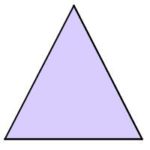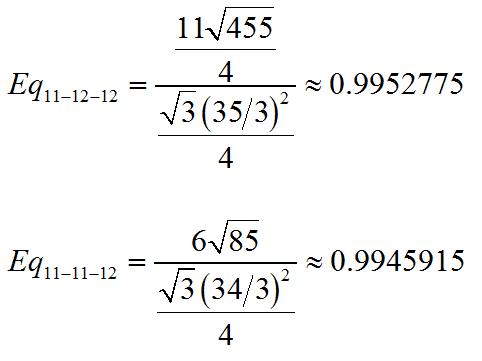Here’s an easy-to-understand, remarkably rich question that arose during a recent Math for America “Bring Your Own Math” workshop.
If a quadrilateral has a pair of opposite, congruent sides and a pair of opposite, congruent angles, is it a parallelogram?
 I had a lot of fun thinking about this problem on my own, discussing it with colleagues, and sharing it with students. At different times throughout the process, I felt strongly about incompatible answers to the question. For me, that is a characteristic of a good problem.
I had a lot of fun thinking about this problem on my own, discussing it with colleagues, and sharing it with students. At different times throughout the process, I felt strongly about incompatible answers to the question. For me, that is a characteristic of a good problem.
I encourage you to play around with this. I was surprised at how many cool ideas came out as I worked my way through this problem, and I look forward to sharing them!
And if you want to see a solution, click here.
 Through Math for America, I am part of an on-going collaboration with the New York Times Learning Network. My latest contribution, a Test Yourself quiz-question, can be found here:
Through Math for America, I am part of an on-going collaboration with the New York Times Learning Network. My latest contribution, a Test Yourself quiz-question, can be found here:




